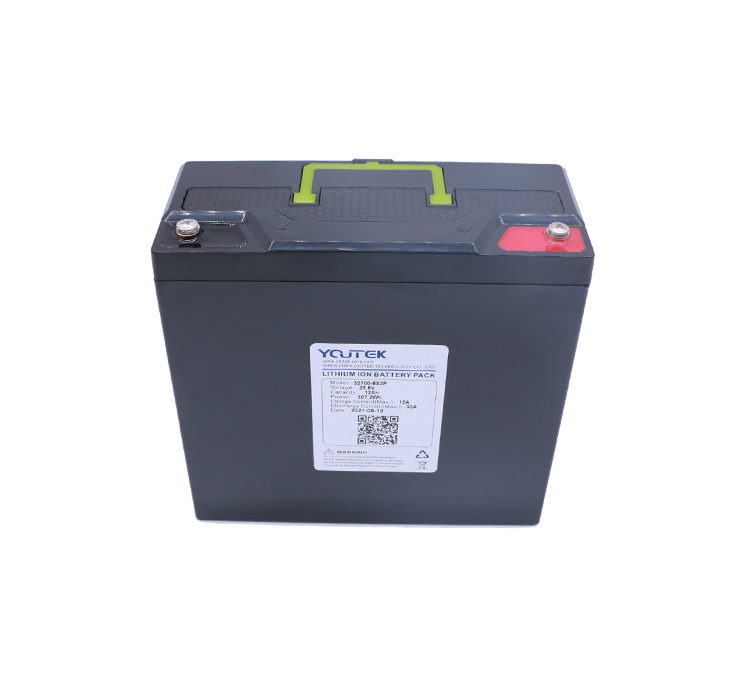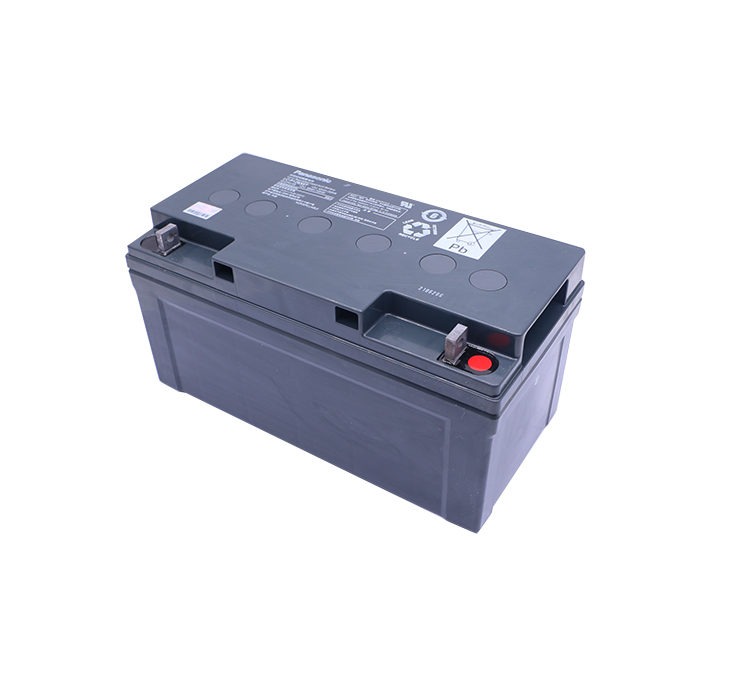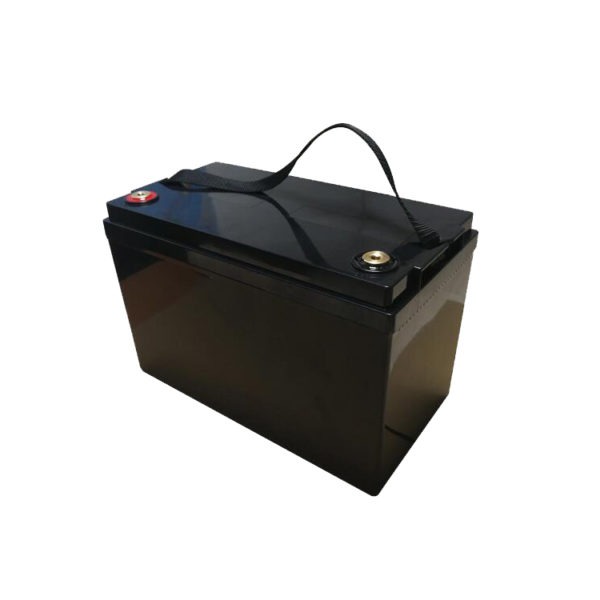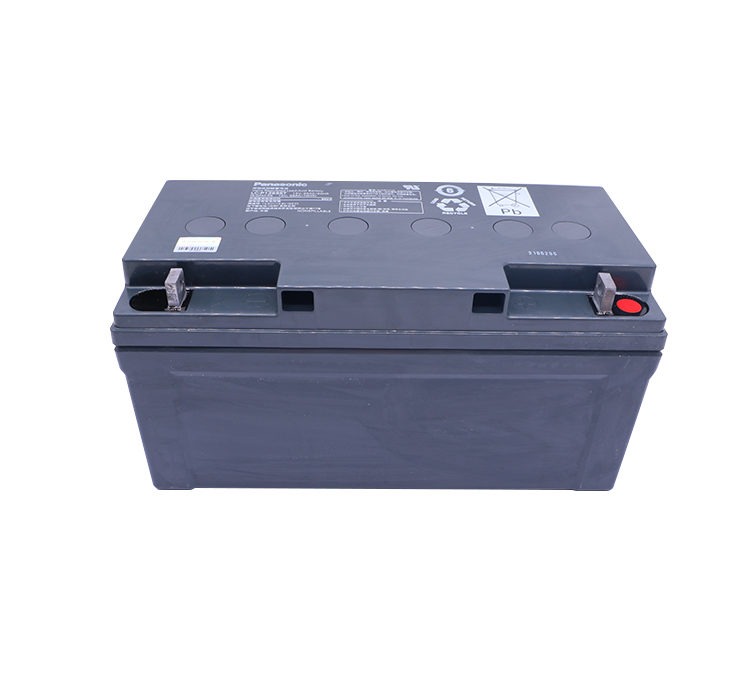
Jun 9, 2022 | Company News
Nowadays, all new energy vehicles need to use batteries, and the battery casing plays the role of protector. Today’s modified plastics editorial will come together with you to get to know the lead-acid battery casing flame retardant ABS material.
The most obvious feature of the lead-acid battery is its top plastic seal cover that can be unscrewed, with ventilation holes on it. So what material is used for lead-acid battery shells?
It is understood that the general lead-acid battery shell is commonly used ABS, PP, PE and other materials, while the high-grade valve-controlled sealed battery is generally used ABS, non-valve-controlled battery is generally used PP, PE and so on. The shell of lead-acid battery is mainly used to hold the electrolyte and pole plate group, the shell should be acid-resistant, heat-resistant, shock-resistant, and previously made of hard rubber.
Flame-retardant ABS material for lead-acid batteries
Flame-retardant ABS material is a special material for lead-acid battery shells. It has.
① High efficiency of flame retardant, which can give the composite material good self-extinguishability or incombustibility and meet UL94 standard.
②Good heat resistance, not easy to bulge under high temperature when injection molding into the shell.
③Good fluidity, not easy to appear silver lines or air marks in injection moulding, good dimensional stability and good air tightness.
④Good impact resistance, low temperature environment by the impact does not crack.
⑤ Special design of the formula, good heat seal and glue seal effect.
⑥The material does not contain cadmium, chromium and other harmful toxic heavy metals, the production and application process will not cause any pollution to the environment, in line with ROHS certification requirements.

Jun 8, 2022 | Company News
According to data from the Ministry of Industry and Information Technology (MIIT), by the end of 2019, China had a total of 8.41 million mobile communication base stations. The huge number of base stations supports China’s fast-growing mobile internet industry and brings convenience to our work and life.
The battery pack is an important part of the uninterrupted power supply of the DC system for the communication base stations. Lead-acid batteries have the largest market share and the widest range of use among chemical batteries, especially in applications such as starting and large energy storage, and are difficult to be replaced by other new batteries in the longer term.
As a secondary power source with high safety, high resource regeneration rate and wide temperature range, lead-acid batteries are driven by the market and continue to grow at a high rate, and lead-acid battery casing materials are also of great interest. What material is the lead-acid battery casing?
The lead-acid battery shell has to withstand heavy pressure, withstand oxidation, withstand corrosion and resist high temperatures.
Because.
1, lead-acid batteries use a high specific gravity of lead (specific gravity: 11.3), so that the shell material does not have a certain pressure-bearing capacity is not possible.
2, the lead-acid battery internal active material in the energy conversion process, there is oxidation reaction, so the shell material needs to withstand oxidation.
3、The electrolyte of lead-acid battery is dilute sulphuric acid solution, and the corrosiveness of sulphuric acid is very strong, so the shell material must be able to withstand corrosion.
4, lead-acid battery in the charging process to produce part of the heat, the use of the environment may also be very high temperature, such as near the engine of the car, the temperature is about 70 degrees, such a high temperature, as the shell material must ensure that no deformation.
So, what are the lead-acid battery casing materials that must also meet this requirement?
Flame-retardant ABS material for lead-acid battery casings, which is.
has a high flame retardant efficiency, giving the composite material good self-extinguishing or flame retardant properties, meeting UL94 standards.
has good heat resistance and is not easily bulged at high temperatures when injection moulded into the shell.
Good flowability, not easy to appear silver lines or air marks in injection moulding, good dimensional stability and good air tightness.
Good impact resistance, low temperature environment impact does not crack.
Special design of the formula, good heat and glue seal effect.
The material does not contain cadmium, chromium and other harmful toxic heavy metals, the production and application process will not cause any pollution to the environment, in line with ROHS certification requirements.
We hope that the environmentally friendly and non-polluting modified plastic pellets will improve the environment around us and help realise our common “green dream”, and we look forward to the “new connection and new speed” from the world’s highest peak 5G signal to the accelerated development of new infrastructure. We look forward to a new speed in industrial transformation and smart upgrading in our country!

Jun 7, 2022 | Company News
A power battery system is used to provide energy for the drive of an electric vehicle and serves as a storage device for the vehicle’s capacity, consisting of one or more battery packs and a battery management system. The power battery module is one of the secondary structures of the power battery system, which is made up of the power battery cells combined in series and parallel and protected by a circuit board and housing.
Plastic is the material of choice for the structural components of power battery modules because of its advantages of insulation, ease of processing and light weight. In response to the design needs of battery modules, material suppliers offer a wide range of materials to meet battery assembly and safety requirements.
Currently, pure electric vehicles are equipped with power batteries, mostly based on ternary lithium materials. Although the energy density of battery materials has been greatly improved, it is still difficult to break the mileage anxiety of consumers. To improve the energy density of power batteries, in addition to further improving the energy density of battery materials, the overall weight reduction of battery packs is also a practical method.
ABS resin is a terpolymer, a complex polymer blending system that combines the advantages of three components: acrylonitrile can ABS resins combine the advantages of three components: acrylonitrile gives the resin high strength, heat resistance and chemical resistance; butadiene gives the resin elasticity and improves impact strength; and styrene gives it excellent electrical properties and good moulding and processing properties. However, its application is limited by its poor heat and weather resistance. Polycarbonate (PC) is an amorphous polymer with good toughness and excellent rigidity, impact resistance and dimensional stability over a wide range of temperatures. Compared to ABS, the ABS/PC alloy improves heat and weather resistance to meet the requirements of new energy vehicle module housings and provides a practical solution to customers’ battery weight reduction needs.

Jun 2, 2022 | Company News
Among the many safety hazards of lead-acid batteries, fires from various causes always play the role of “killer number one”, so how to effectively detect and prevent battery fires has been a hot topic of research.
Valve regulated sealed lead-acid battery working principle
The lead-acid battery is an energy storage and conversion device. When discharging, the battery converts chemical energy directly into electrical energy; when charging, it converts electrical energy directly into chemical energy and stores it.
Causes of fire in valve regulated sealed lead-acid batteries
Loose connection between valve-controlled sealed lead-acid batteries
According to the energy calculation formula: Q=I2RT (Q represents energy, I represents current, R represents resistance, T represents time), it is known that the storage battery will emit a certain amount of heat in the process of discharging, the larger the discharge current and resistance, the larger the heat emitted. Loose connections between the batteries lead to an increase in contact resistance, which increases over time. The higher the current flow and the longer the duration, the more heat will be generated and the temperature will rise. When the temperature rises to a certain level, it will cause the battery terminals to heat up, resulting in charring of the shell material and ABS smoke and fire.
Thermal runaway of valve regulated sealed lead-acid batteries
Thermal runaway of the battery means that the battery is overcharged or the ambient temperature is too high resulting in excessive charging current, the heat generated will cause the battery to heat up further. The temperature rise of the battery will cause the internal resistance of the battery to fall, and the fall in internal resistance will strengthen the charging current. The rise in temperature and the increase in current promote each other, so that the internal temperature of the battery can be as high as 120°C or more, softening the ABS shell (ABS softening point of about 90°C), resulting in expansion of the battery, leakage and fire.
It is important to note that normal float-charged batteries may also experience thermal runaway in the middle and late stages of life, because the battery will react to electrolytic water at the end of charging, and the efficiency of oxygen compounding does not reach 100%, the constant loss of electrolyte will lead to a decrease in the saturation of the bulkhead, which will increase the current of oxygen compounding in sealed batteries, not only increasing the floating charge current of the battery, accelerating the heat and further water loss of the battery, and eventually triggering thermal runaway. This is why float charging is essentially a form of overcharging.
If the battery is overcharged, the rate of electrolysis of water inside the battery will be accelerated, these gases will not be absorbed in time and will accumulate, when the internal pressure of the battery exceeds the opening pressure of the valve, the discharge of hydrogen and oxygen mixed flammable and explosive gases, if the site is well sealed, when there is a spark outside that is easy to ignite and detonate.
Valve regulated sealed lead-acid battery leakage
Lead-acid battery leakage refers to the battery in the process of use, electrical Figure 2 loose connection caused by the surface of the fire battery electrolyte leakage. The causes of acid leakage from batteries can generally be divided into three categories:
① Structural sealing damage during the production process, such as defects in the welding or bonding surface of the pole and shell that are not detected in time. This can lead to leakage in use;
② Improper operation during transportation or installation, causing visible or invisible damage to the battery shell, and not removed in time;
③The charging setting is not reasonable, so that the battery pack is overcharged for a long time, resulting in the growth of the pole plate and the destruction of the shell, resulting in the leakage of liquid. The root cause or overcharge.
Generally speaking, the UPS earthing system should comply with IEC 60346 standard on low-voltage earthing system. This means that for most UPS, the centre line of the battery pack and the battery rack are earthed. So when a cell in the battery pack leaks, and the leaking electrolyte flows into the battery rack, a short circuit can be formed between the batteries and cause an accident.
Detection and prevention of valve regulated sealed lead-acid battery faults
For the above faults, such as obvious battery leakage and loose battery connections can be detected by visual inspection and regular inspections. However, these means cannot be used to detect faults as soon as they occur, so very often when a problem is detected it may also be the day when an accident occurs.
So is there a way to predict the root cause or delay it effectively? In the case of a total movement of the connection strip, this can be detected by the resistance of the battery connection and the change in temperature. In the case of thermal runaway, we can conclude from the above analysis that one of the most important causes of these failures is overcharging. If overcharging can be delayed or prevented, then this means that accidents can be effectively delayed and prevented in advance. For battery leakage, this can be determined by monitoring the insulation of the battery output to ground and by battery leakage detection.

Jun 1, 2022 | Company News
What does 12V 100Ah battery mean?
12V 100Ah battery: It means the capacity of the battery is 100AH and the discharge voltage of the battery is 12V.
Definition of 12V 100Ah battery parameters: The nominal capacity of small storage batteries is measured in mA-h, while the nominal capacity of large storage batteries is measured in A-h, kA-h. The telecommunications industry often takes the nominal capacity values of C10 and C8. For example, the common Deka battery 12AVR100SH for 12V single, 100 A-h capacity, that is, continuous discharge 10h, the current is 10A, a total of 10 * 10 = 100 A-h (actual test, in order to keep the current value of constant, when the voltage changes, the external circuit load should be adjusted in order to measure).
Battery: A device that converts chemical energy into electrical energy is called a chemical battery, generally referred to as a battery. After being discharged, it is able to regenerate the active substance inside by charging – storing electrical energy as chemical energy; when it needs to be discharged it again converts chemical energy into electrical energy. This type of battery is called a Storage Battery, also known as a secondary battery.
How long can a 12v 100ah battery supply a 12v 100w appliance?
12v 100ah means that at 12v it can output at 100A for one hour, which means that it can supply energy w=12*100*3600=4320000J, so it can supply this appliance for t=w/100=43200s
12V 100Ah battery how to choose the composition of 24V 400AH power supply
You can use 8 12V, 100AH batteries, 4 12V, 100AH batteries as a group in parallel, to get two groups of 12V, 400AH! 24V, 400AH is the best!
When discharging a 12V 100Ah battery, what is the minimum terminal voltage that can be below?
When charging, the voltage can exceed 12V, up to 16.2V, when stop charging, it will drop to 13.8V soon! Time to charge!
What is the weight of a 12V 100Ah battery?
If it is a dry charge battery without acid, the theoretical weight is usually about 17KG. However, Camel does not produce this type of battery anymore, nowadays they are generally of the low maintenance or maintenance free type, which are generally acid filled. The weight is about 25KG.

May 27, 2022 | Company News
There are two types of valve regulated sealed lead-acid batteries: one is the valve regulated sealed lead-acid battery with an ultra-fine glass fibre diaphragm (AGM) and the other is the valve regulated sealed lead-acid battery with a colloidal electrolyte (GFL) (abbreviated as GFL-valve regulated sealed lead-acid battery). They both use the cathode absorption principle to enable the battery to be sealed. Therefore, there must be a diaphragm void of around 10% in the diaphragm of the AGM-valve regulated sealed lead-acid battery. For the GFL-valve regulated sealed lead-acid battery, the skeleton has to shrink further after the infused silica sol becomes a gel and the viscosity of the silica sol should be controlled at around 10 mPa.s so that the gel appears as a crack running between the positive and negative electrode plates. The gap or fissure is a channel for the oxygen precipitated from the positive plate to reach the negative electrode. In the production of AGM-valve regulated sealed lead-acid batteries, too much electrolyte filling is not conducive to the recombination of oxygen at the cathode, too little electrolyte filling will cause the internal resistance of the AGM-valve regulated sealed lead-acid battery to increase; and in the production of GFL-valve regulated sealed lead-acid batteries, if the viscosity of the silicone solution is too high, i.e. the amount of silicon solution added is too large, it will cause the cracks in the gel to be too large and increase the internal resistance of the GFL-valve regulated sealed lead-acid battery, and vice versa. On the contrary, it is not conducive to the recombination of oxygen at the cathode. Therefore, valve regulated sealed lead-acid batteries have very strict requirements for the production process. What does thermal runaway of a valve regulated sealed lead-acid battery mean?
Thermal runaway of valve regulated sealed lead-acid batteries
Thermal runaway refers to the valve-controlled sealed lead-acid battery in the late charging (or floating state) due to no timely adjustment of the charging voltage, so that the valve-controlled sealed lead-acid battery charging current and temperature occurs a cumulative mutual enhancement, when the valve-controlled sealed lead-acid battery temperature rises sharply, which leads to valve-controlled sealed lead-acid battery tank expansion and deformation, water loss speed increases, and even valve-controlled sealed lead-acid battery is damaged.
The above phenomenon is a very destructive phenomenon that occurs when the AGM-valve regulated sealed lead-acid battery is not used properly. This is due to the fact that the AGM-valve regulated sealed lead-acid battery has a liquid-poor tight assembly design, where 10% of the pore space in the partition must be kept free of electrolyte, resulting in poor thermal conductivity and low thermal capacity inside the AGM-valve regulated sealed lead-acid battery. If the oxygen generated at the positive pole reaches the negative pole and reacts with the negative lead during charging, heat will be generated, which will raise the temperature of the AGM-valve regulated sealed lead-acid battery if it is not guided away in time; if the charging voltage is not reduced in time, the charging current will increase and the speed of oxygen precipitation will increase, which in turn will raise the temperature of the AGM-valve regulated sealed lead-acid battery. If this vicious cycle continues, it will cause thermal runaway phenomenon.
The GFL-valve regulated sealed lead-acid battery has the same amount of electrolyte as an ordinary lead-acid battery, and is filled with gel electrolyte around the pole group and between the tank and the battery, which has a large thermal capacity and heat dissipation and does not generate heat accumulation. The GFL-valve regulated sealed lead-acid battery has not been found to be thermally uncontrolled in more than 30 years of operation.





